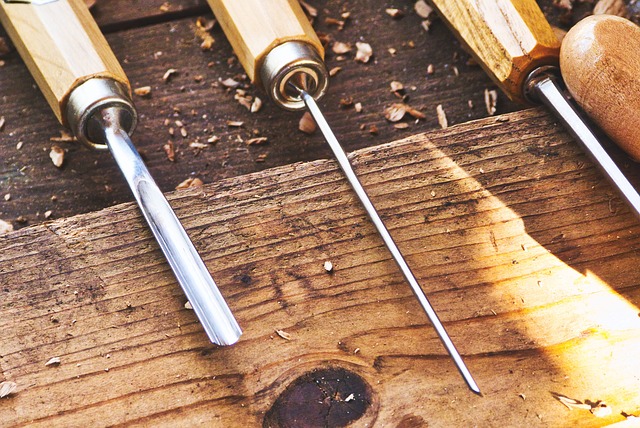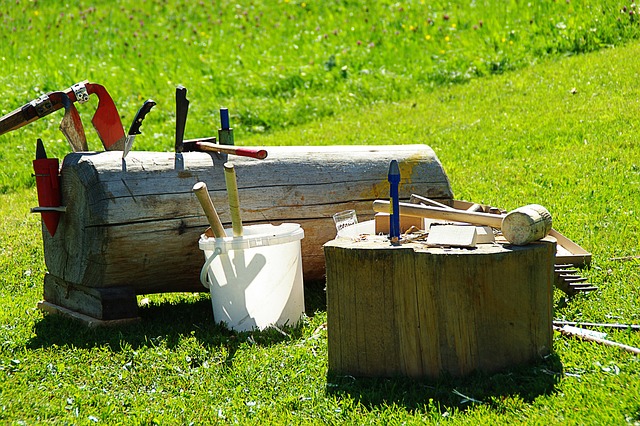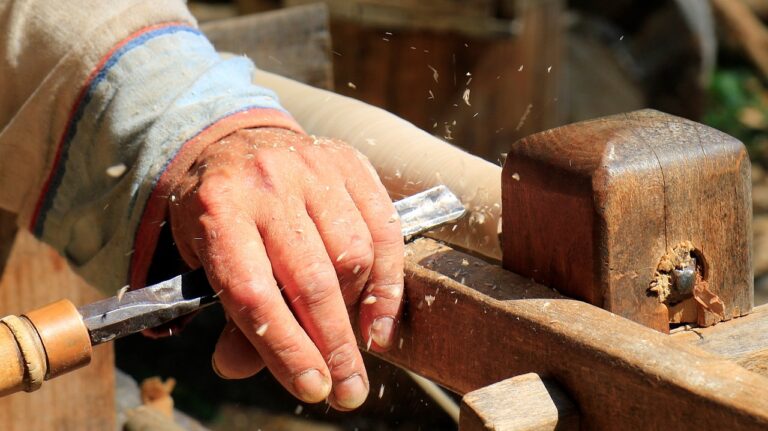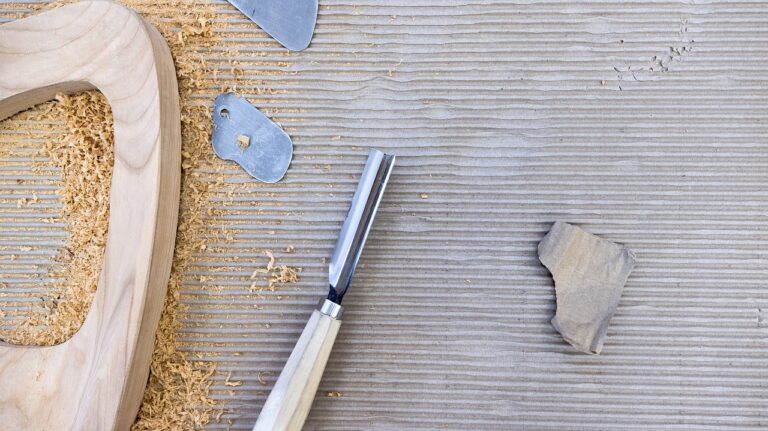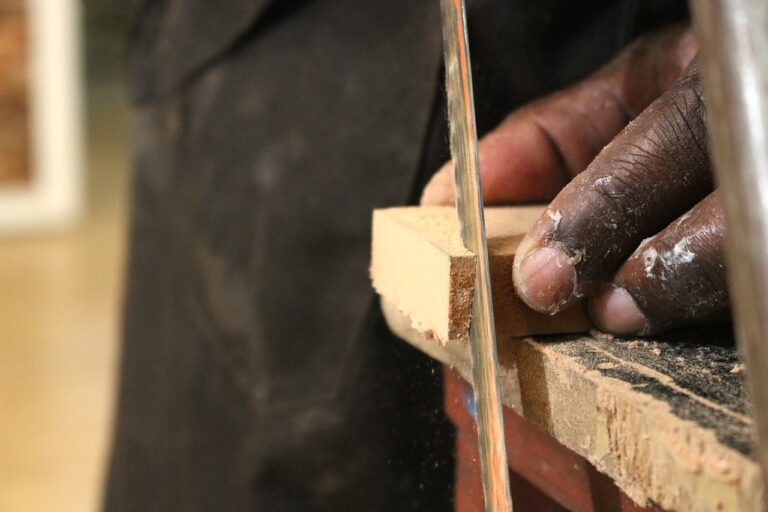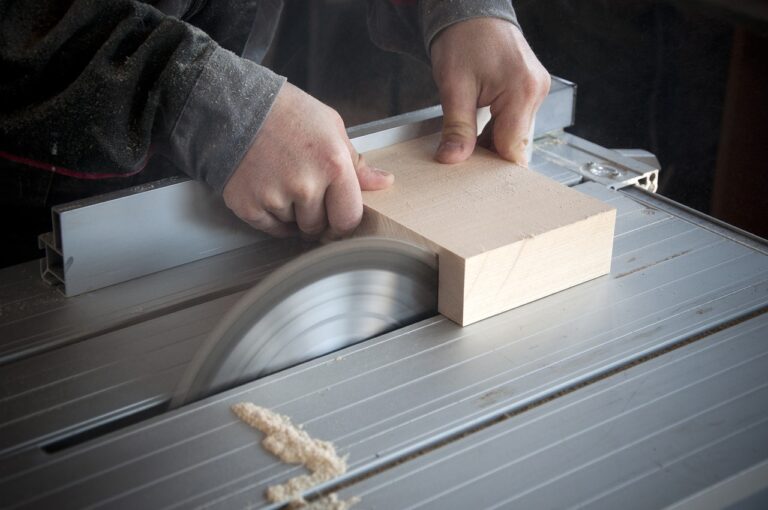Modern Rustic Furniture: How to Integrate Wood into a Contemporary Decor
Interior decoration is a constantly evolving field, where different styles and elements are combined to create environments that reflect the personality and taste of residents. One of the exciting challenges faced by designers and decor enthusiasts is the fusion of seemingly contrasting styles, such as rustic furniture and modern aesthetics. In this article, we explore the art of integrating wood into contemporary decor, resulting in a unique and harmonious approach to interior design.
In furniture construction, “rustic” and “contemporary” are two styles of interior design and decoration that represent very different approaches in terms of aesthetics, materials and construction techniques. Here are definitions for both styles:
- Rustic Style:
- Appearance: The rustic style is characterized by a natural, rough and worn appearance. Rustic furniture often exhibits intentional imperfections, such as knots in the wood, cracks and rough textures.
- Materials: The most common materials for rustic furniture include solid wood, stone, wrought iron, and other natural materials. Wood is often left in its natural state or may be aged to give it a more worn feel.
- Colors: Colors in the rustic style tend to be earthy and neutral, such as shades of brown, beige, green and red.
- Details: Elements such as carvings, wrought iron hardware, and nature-inspired decor elements are common in rustic furniture.
- General Feeling: The rustic style evokes a feeling of warmth, welcome and a connection with nature. It is often associated with country houses, cabins and rural settings.
- Contemporary Style:
- Appearance: The contemporary style is marked by clean lines, simplified shapes and a minimalist aesthetic. Contemporary furniture generally has a “cleaner” appearance and is free from excessive adornment.
- Materials: The materials used in the contemporary style can vary, but often include wood, metal, glass and plastic. Wood is often polished and may be coated with varnish or paint for a smoother appearance.
- Colors: Neutral colors, such as white, black, gray and shades of beige, are predominant in the contemporary style. Touches of bright colors can be added through accessories or details, but in general, the color palette is discreet.
- Details: Less is more in the contemporary style. Ornate details are avoided, and emphasis is placed on the simplicity and functionality of the furniture.
- Overall Feel: Contemporary style is known for its sense of elegance and modernity. It adapts well to urban and minimalist spaces, and is often associated with a cleaner and more organized environment.
In short, the rustic style tends to be more traditional, with an emphasis on nature, texture and purposeful imperfections, while the contemporary style is modern, minimalist and focused on simplicity and functionality. Both styles have their own appeal and are chosen based on personal preferences and the environment in which they will be used.
Table of Contents
The Enduring Beauty of Wood
Wood has been a fundamental material in furniture manufacturing throughout history. Its natural beauty, unique texture and durability are characteristics that have attracted generations. Modern rustic furniture capitalizes on these timeless qualities, bringing a sense of authenticity and connection to nature to contemporary spaces.
Choosing the right wood is crucial when integrating rustic furniture into a modern decor. Woods with distinct grains, such as oak, walnut and pine, have an intrinsic rustic appeal that can be enhanced with suitable finishing treatments. The tone of the wood plays an important role in determining how it fits into the modern environment. Darker tones can add sophistication, while lighter tones create a feeling of space and light.
Balance between Rustic and Contemporary
The key to successful decor that combines rustic and contemporary is finding the right balance between the elements. Start by selecting key pieces of rustic furniture that will stand out in the modern setting. A solid oak dining table with simple lines or a pine bookcase with open shelves are examples of pieces that can be the focal point of the space.
Around these key pieces, you can incorporate more modern elements, such as elegantly designed chairs, minimalist lamps, and contemporary artwork. This creates an intentional contrast that highlights the uniqueness of each element. The contrast between the warm texture of wood and the clean lines of modern furniture can bring captivating visual harmony to life.
Here are some tips for harmonizing these two distinct styles:
- Choose a Neutral Base: Start with a neutral color palette for the walls, floors, and larger elements in the space, like large furniture. Shades of white, gray and beige work well and serve as a blank canvas to add rustic and contemporary elements.
- Mix Materials: Combine rustic materials, such as solid wood, stone and iron, with contemporary materials, such as glass, metal and plastic. For example, you can have a rustic wooden dining table with contemporary design chairs.
- Decorative Details: Use decorative objects to incorporate elements from both styles. It could be a wrought iron sculpture on a rustic wooden shelf or a modern designer lamp in a room with antique brick floors.
- Texture Balance: Combine natural and smooth textures. For example, in a rustic setting, you can add contemporary cushions and rugs to offset the rusticity of the wood or masonry.
- Choose Hybrid Furniture: Choose furniture that has a design that mixes rustic and contemporary elements. This could be a wooden bookcase with glass shelves or a modern leather sofa in a room with exposed wooden beams.
- Minimalism: Maintain a minimalist approach to the amount of furniture and decor. Minimalism is a common trait in contemporary style and helps avoid visual overload.
- Open Space: If possible, create an open space that allows for a smooth transition between rustic and contemporary areas. For example, a modern design kitchen can open onto a dining room with rustic elements.
- Adequate Lighting: Use lighting strategically to highlight specific elements. Contemporary chandeliers can be the focal point in a rustic room, while more rustic light fixtures can balance a contemporary room.
- Wall Art: Wall art is a great way to balance styles. Contemporary paintings, photographs or sculptures can be placed on a wall of rustic brick or reclaimed wood paneling.
- Be Consistent with Personal Style: Remember that the balance between styles should reflect your personal aesthetic and preferences. Don’t be afraid to mix elements that really resonate with you.
Finding the balance between rustic and modern contemporary is a creative process. The secret is to choose elements that complement each other and create a unique and attractive atmosphere in your space, incorporating the best of both styles in a cohesive and harmonious way.
Minimalism with Rustic Touches
A popular approach to integrating rustic furniture into contemporary settings is to embrace minimalism. The minimalist aesthetic values simplicity and functionality, allowing each element space to stand out. In this context, a well-chosen rustic piece can become the highlight of a room.
For example, a bedroom with a solid wood bed with simple lines can be complemented by white walls, neutral bedding and few accessories. The rustic bed becomes the focal point, conveying a feeling of warmth and authenticity amid the tranquility of the space.
Textures that Complement
Texture plays a key role in creating depth and visual interest in a space. When integrating rustic furniture, think about how textures can be balanced to achieve a cohesive aesthetic. Materials such as leather, metal and glass can be combined with wood to create a diverse palette of textures.
For example, a solid wood coffee table can be accompanied by a leather sofa and metal lamps. This combination not only adds textural contrast but also connects the disparate elements in a harmonious way.
Contemplating the Color Palette
Choosing the right colors is essential when integrating rustic furniture into contemporary decor. Opt for a color palette that complements the shade of the wood selected. Neutral colors such as gray, white and black are popular choices as they allow the natural beauty of the wood to stand out.
Additionally, consider adding pops of color through accessories like pillows, rugs, and artwork. These elements can bring vitality to a space without compromising the overall feeling of balance.
The Role of Lighting
Lighting plays a critical role in defining the ambience of a space. When integrating rustic furniture into contemporary decor, lighting can be used strategically to highlight the beauty of the wood and the interaction between the elements.
Pendant lights over a rustic dining table, for example, not only provide functional lighting but also direct the eye toward the centerpiece. Floor or table lamps can illuminate specific corners, highlighting furniture or rustic details in a room.
Conclusion
Integrating rustic furniture into contemporary decor is an exciting journey of balance and creativity. By choosing the right pieces, balancing textures, colors and lighting, you can create spaces that honor the tradition of wood while celebrating modern aesthetics. Always remember that it’s not just about mixing styles, it’s about creating a visual narrative that is unique to your space, reflecting your personality and lifestyle.

